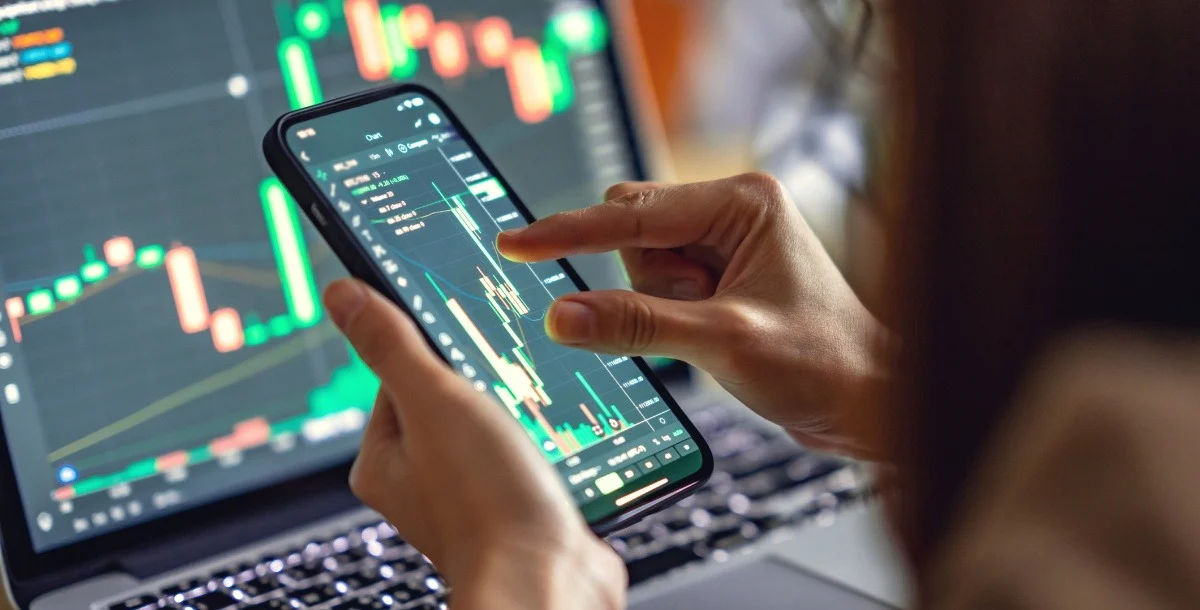The Brazilian Real (BRL) is the country’s currency, and it’s just as interesting as the country’s famed carnivals, pulsating samba music, and vast Amazon rainforests. For individuals interested in foreign exchange trading, the history of the BRL presents difficulties and rewards as exciting as the country’s renowned celebrations.
The Real’s origin traces back to the mid-1990s, born out of an effort to stabilize an economy reeling from hyperinflation. Since its inception, the BRL has been witness to Brazil’s evolving economic narrative, reflecting the nation’s trials and triumphs. Through economic booms, recessions, political shifts, and global crises, the Real has mirrored the resilience and adaptability of the Brazilian spirit.
Global commodity prices have consistently influenced the BRL’s trajectory. As a significant exporter of various commodities ranging from soybeans and coffee to oil and metals, Brazil’s economic health is often intertwined with global commodity demand and pricing. A surge in these prices might see the BRL strengthening due to increased export revenues, catching the attentive eyes of forex trading experts. Conversely, a slump in demand can exert downward pressure on the currency, signaling caution for those looking to trade the BRL.
Monetary policy, as wielded by Brazil’s Central Bank, remains a defining factor for the BRL. Interest rate decisions, for instance, often impact the currency’s attractiveness on the global stage. Higher rates might draw in foreign capital, seeking better returns, leading to a possible appreciation of the Real. Such moves are of paramount interest for those in the forex trading domain, as they present potential opportunities to capitalize on currency fluctuations.
Foreign Direct Investment (FDI) and Brazil’s position as an attractive destination for global businesses also play a role in the Real’s story. Policies that promote an investor-friendly climate can bolster the BRL, as increased foreign capital flows into the country. As global businesses invest in Brazil, from its burgeoning tech hubs in São Paulo to its agricultural expanses, the currency feels the effects.
However, it isn’t just economic factors that impact the Real. Political landscapes, both domestic and international, cast their shadows on the currency. Moments of political uncertainty or changes in leadership can lead to short-term volatility, making the BRL a focal point for those engaged in currency trading. Such moments require astute attention to political developments and an understanding of their potential implications on the currency market
Yet, even beyond the immediate economic and political arenas, Brazil’s broader cultural and societal facets subtly influence the Real. Consider the tourism sector, amplified by Brazil’s carnivals, soccer passion, and natural wonders. A booming tourism industry can result in increased foreign currency inflows, potentially offering support to the BRL. Conversely, challenges in the sector, perhaps due to global health crises or other disruptions, can impact the currency’s standing.
The world of currency trading is akin to navigating a vast ocean, with currencies serving as ships, propelled by the winds of global events and economic currents. In this expansive sea, the Brazilian Real stands out, not merely as a reflection of numbers and policies but as a testament to Brazil’s diverse tapestry. Every fluctuation, every surge or dip, carries with it stories of a nation that dances to the beats of samba, faces global challenges head-on, and continuously adapts to chart its unique course.
In wrapping up our exploration, it’s evident that the Brazilian Real, while primarily an economic instrument, is deeply rooted in the nation’s broader narrative. From the energy of its carnivals to the pulse of its economic hubs, Brazil’s journey is intrinsically tied to the Real’s path. For currency trading enthusiasts and professionals alike, understanding the BRL requires a holistic approach, one that appreciates not just the numbers but the vibrant culture and spirit of Brazil.



